Faced with a rising national wave of opioid addiction and its consequences, families, law enforcement and political leaders around the nation are linking arms to save souls. But 30 years ago, it was a different story. Ekow Yankah, a Cardozo School of Law professor, reflects on how race affects our national response to drug abuse.
[mc4wp_form id=”6042″]
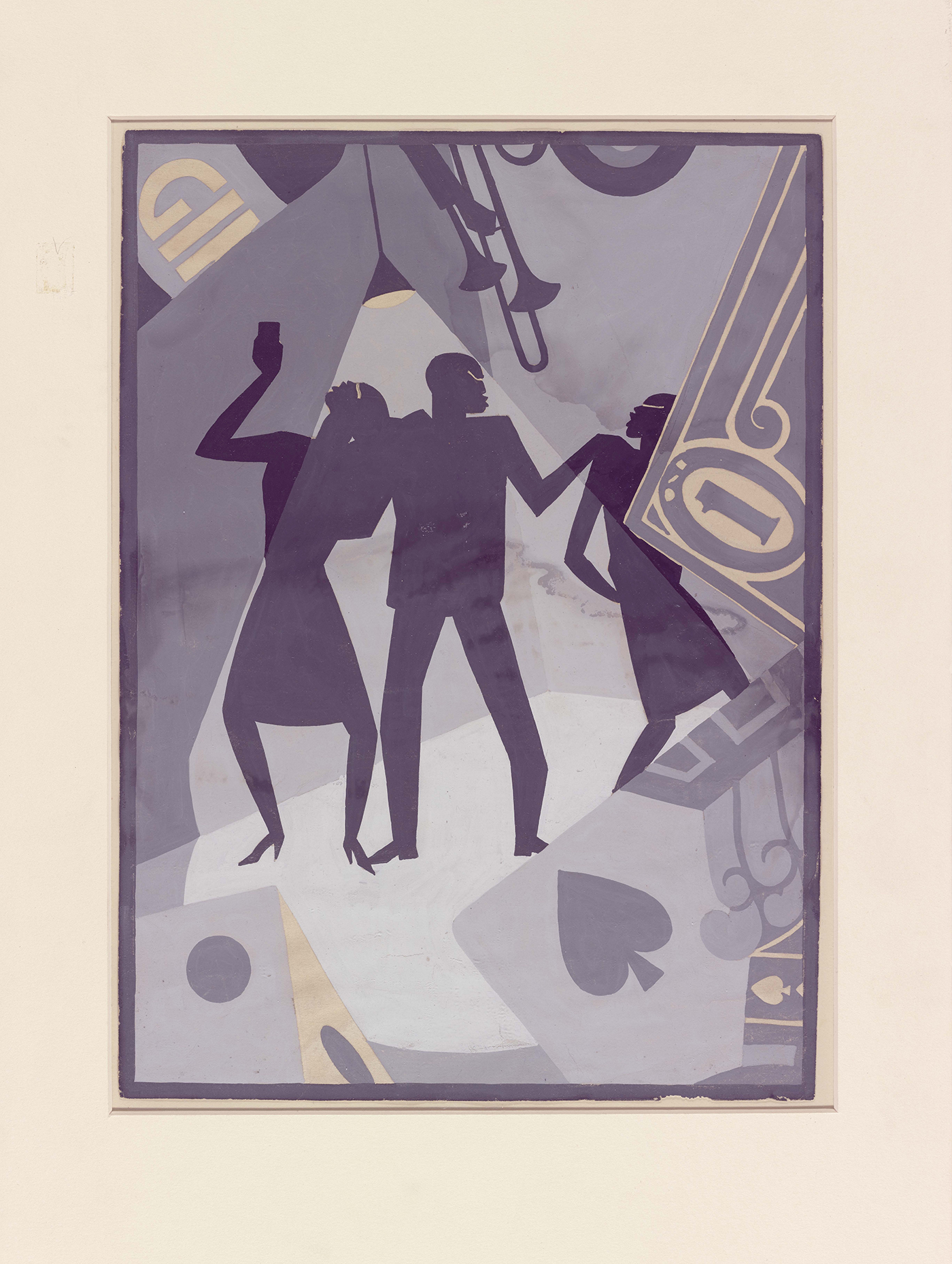 Aaron Douglas, “Prodigal Son” (artwork for God’s Trombones), gouache on paper | James Weldon Johnson Memorial Collection of African American Arts and Letters, Yale Collection of American Literature
Aaron Douglas, “Prodigal Son” (artwork for God’s Trombones), gouache on paper | James Weldon Johnson Memorial Collection of African American Arts and Letters, Yale Collection of American Literature
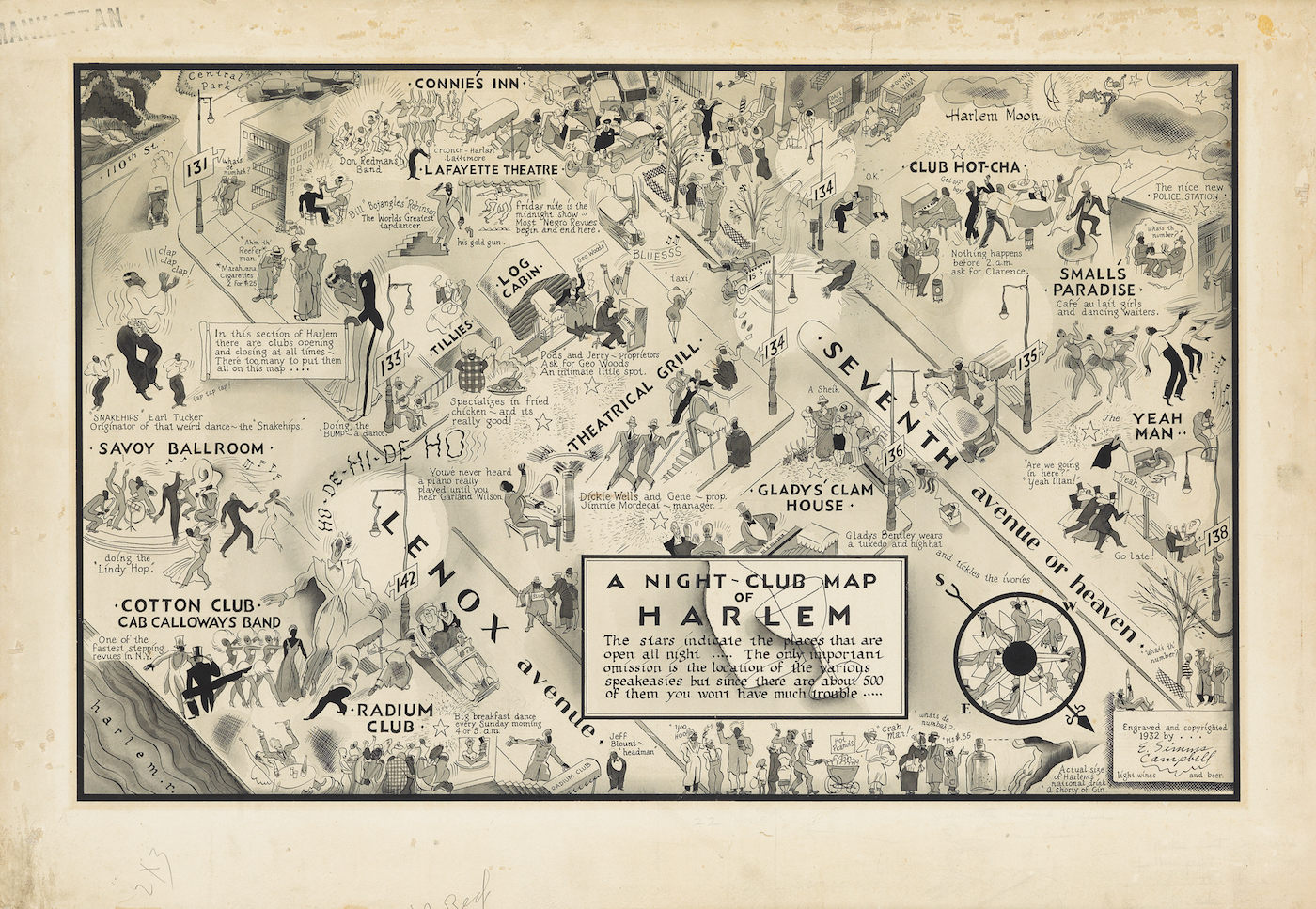 E. Sims Campbell, “Night Club Map of Harlem” (1932), ink and watercolor on illustration board | Courtesy James Weldon Johnson Memorial Collection of African American Arts and Letters, Yale Collection of American Literature
E. Sims Campbell, “Night Club Map of Harlem” (1932), ink and watercolor on illustration board | Courtesy James Weldon Johnson Memorial Collection of African American Arts and Letters, Yale Collection of American Literature
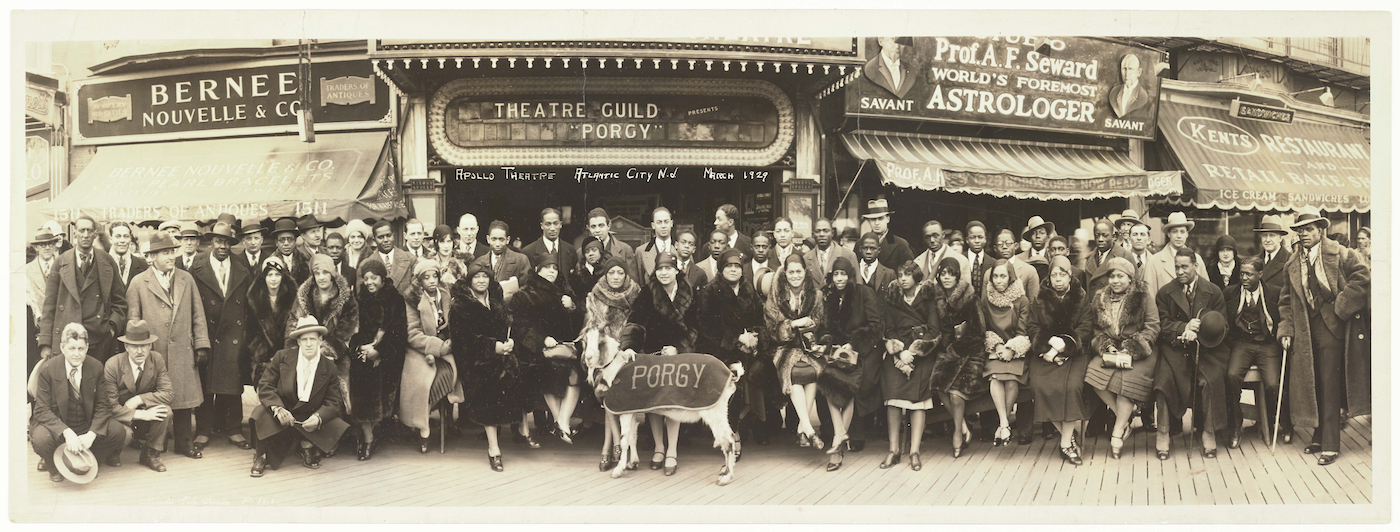 Photograph of the cast of Porgy (Atlantic City, New Jersey, 1929), silver gelatin print | Courtesy James Weldon Johnson Memorial Collection of African American Arts and Letters, Yale Collection of American Literature
Photograph of the cast of Porgy (Atlantic City, New Jersey, 1929), silver gelatin print | Courtesy James Weldon Johnson Memorial Collection of African American Arts and Letters, Yale Collection of American Literature
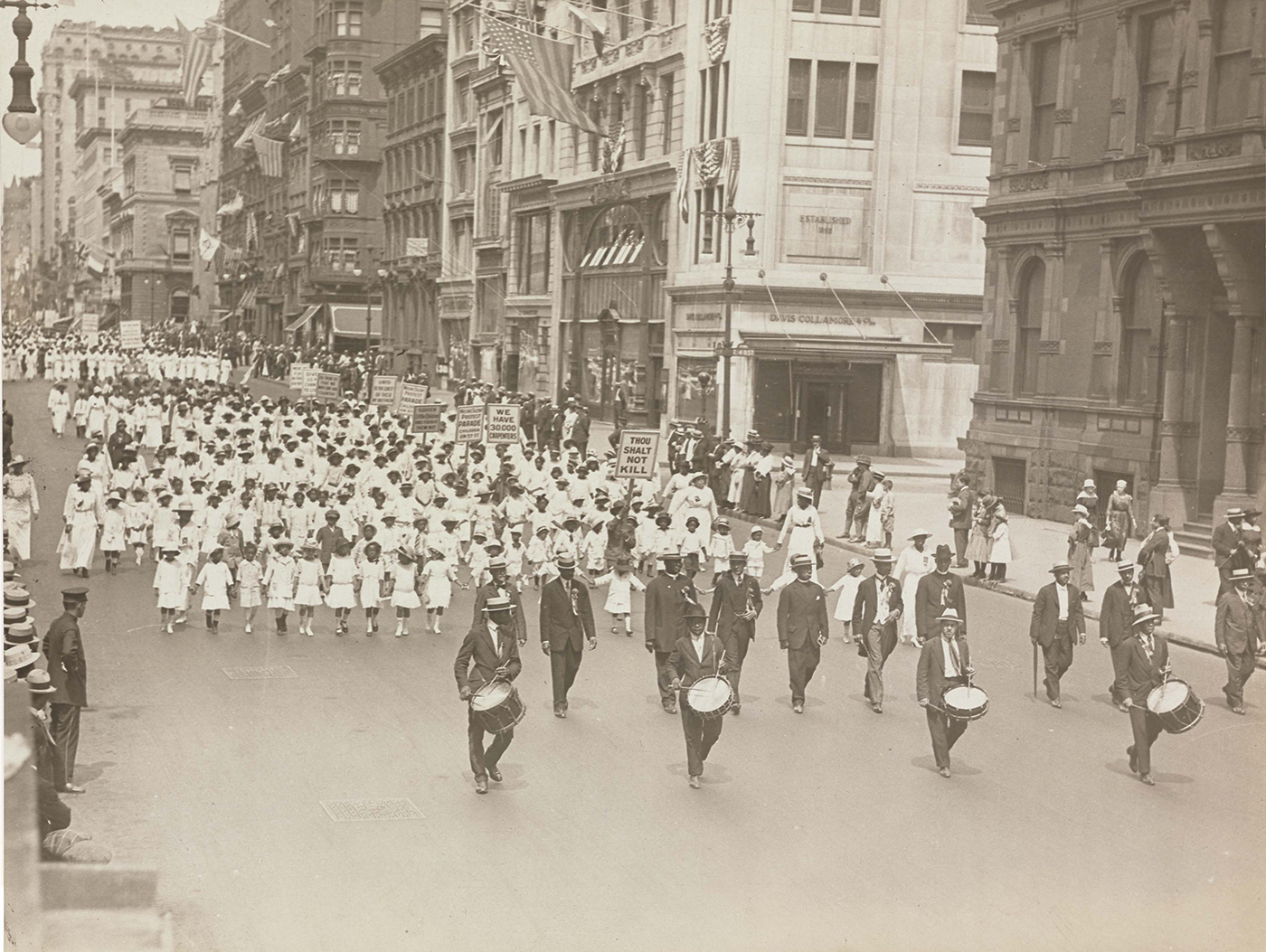 Photograph of the Negro Silent Protest Parade (1917), silver gelatin prints | Courtesy James Weldon Johnson Memorial Collection of African American Arts and Letters, Yale Collection of American Literature
Photograph of the Negro Silent Protest Parade (1917), silver gelatin prints | Courtesy James Weldon Johnson Memorial Collection of African American Arts and Letters, Yale Collection of American Literature
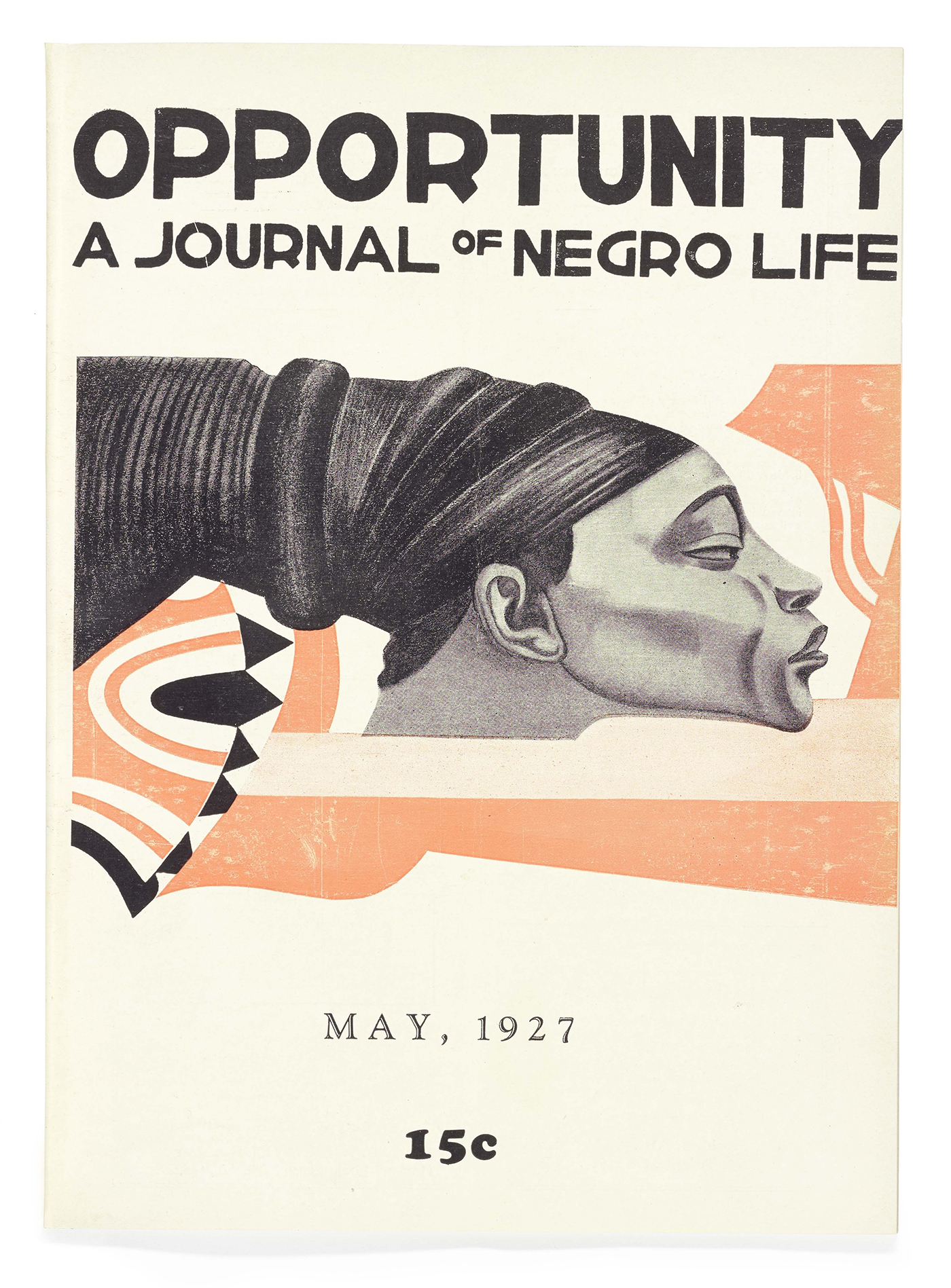 Opportunity: A Journal of Negro Life (1923-42) | Courtesy James Weldon Johnson Memorial Collection of African American Arts and Letters, Yale Collection of American Literature
Opportunity: A Journal of Negro Life (1923-42) | Courtesy James Weldon Johnson Memorial Collection of African American Arts and Letters, Yale Collection of American Literature
The Harlem Renaissance was a cultural, social, and artistic explosion that took place in Harlem, New York, spanning the 1920s. During the time, it was known as the “New Negro Movement”, named after the 1925 anthology by Alain Locke. The Movement also included the new African-American cultural expressions across the urban areas in the Northeast and Midwest United States affected by the African-American Great Migration, of which Harlem was the largest. The Harlem Renaissance was considered to be a rebirth of African-American arts. Though it was centered in the Harlem neighborhood of the borough of Manhattan in New York City, many francophone black writers from African and Caribbean colonies who lived in Paris were also influenced by the Harlem Renaissance.
The Harlem Renaissance is generally considered to have spanned from about 1918 until the mid-1930s. Many of its ideas lived on much longer. The zenith of this “flowering of Negro literature”, as James Weldon Johnson preferred to call the Harlem Renaissance, took place between 1924 (when Opportunity: A Journal of Negro Life hosted a party for black writers where many white publishers were in attendance) and 1929 (the year of the stock market crash and the beginning of the Great Depression). (Wikipedia).

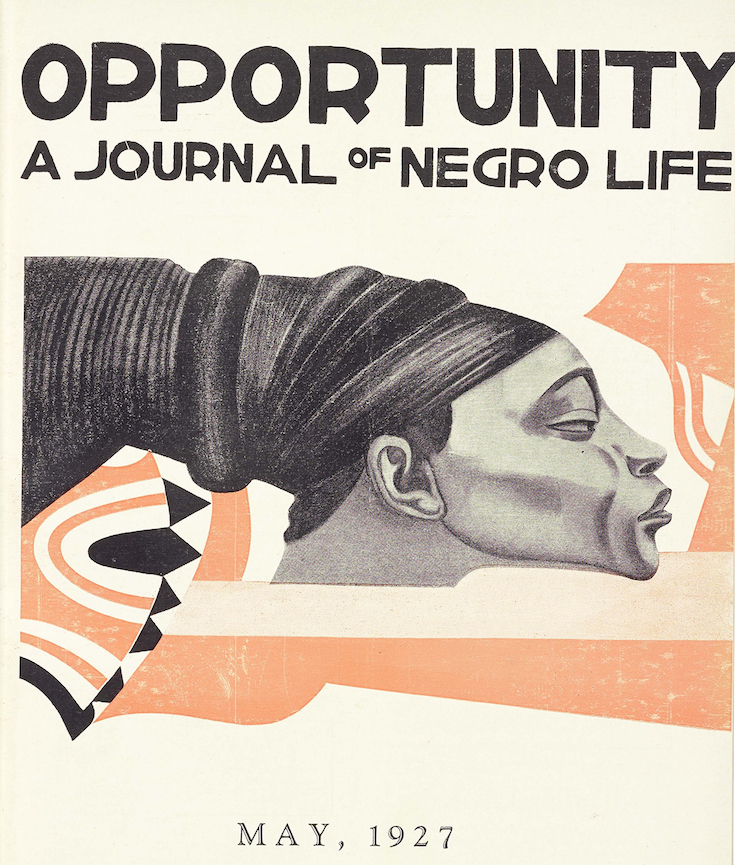
You must be logged in to post a comment.